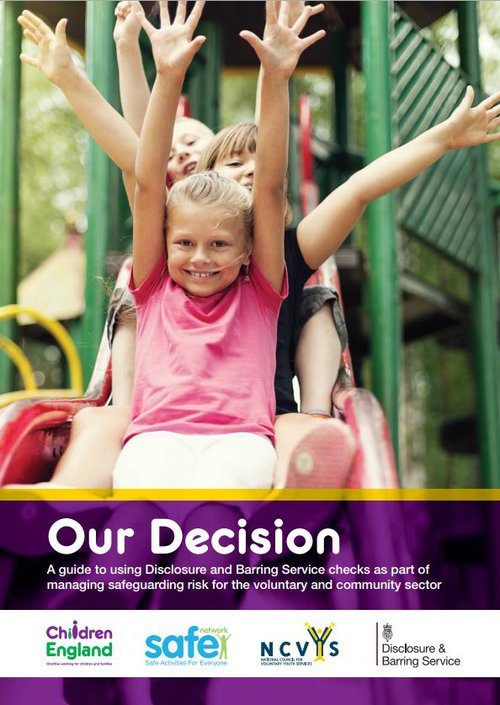Safe Network Standards 2013 and Standards Xtra

Safe Network launched a set of core safeguarding standards in February 2011. Designed to help your club or organisation keep young people safe. This was updated in September 2013. 2013/14 edition now includes two new standards called Standards Xtra
Accessible, up-to-date and easy to use, the Safe Network Standards aim to ensure that work undertaken by groups and organisations is:
- as safe as possible
- enjoyable and rewarding for all involved
- compliant with legislation
The Safe Network Standards framework
The Safe Network Standards: Core standards and guidance for safeguarding children in the voluntary and community sector, are a set of national core standards, designed to help non-statutory organisations put in place clear safeguarding arrangements for children and young people.
Safe Network Standards cover four essential safeguarding areas:
- safer staff and volunteers – recruitment, induction and supervision
- child protection
- preventing and responding to bullying
- avoiding accidents and running safe activities and events
The new 2013/14 edition now includes two new standards called Standards Xtra. These focus on:
- recording and storing information
- sharing information and working with other agencies
Safe Network Standards online self-assessment tool
By registering on the Safe Network website, you are also be able to access an interactive self-assessment tool. This covers all the elements of each standard and helps you determine your organisation’s strengths and where it needs to improve its measures for safeguarding children.
Resource toolboxes
As you work through the self-assessment tool, you have access to a toolbox of useful resources, which you will be able to adapt for your organisation.
These include examples of policies and procedures, guidance, templates for forms, standard letters that you may need, and sample posters and leaflets.
Source: The Safe Network website
Disclosure and Barring – do you know which roles you can check?

A simple guide to using Disclosure and Barring Service (DBS) checks as part of managing safeguarding risk for the voluntary and community sector.
Written by Children England, with the help and assistance of Safe Network and the Disclosure and Barring Service (DBS), and in partnership with the National Council for Voluntary Youth Services (NCVYS).
The unique guide has been developed to provide voluntary and community sector (VCS) organisations working with children, young people and families with a resource to support them with the Disclosure and Barring Service (DBS) application process and effective decision-making related to the level of supervision and checking required for different roles.
Online safeguarding training

The Safeguarding Children Board has signed up to an innovative way to undertake child protection training aimed at staff and volunteers in organisations who have contact with children across Middlesbrough and Redcar & Cleveland.
Currently these Safeguarding programmes are free of charge to applicants working for LSCB member organisations or not for profit agencies.
There are several modules available. It is recommended that you complete one module in basic child protection awareness( numbers 1-3) before progressing to the more specific modules. Additionally there is a refresher module on Awareness of Child Abuse which is recommended for completion every 3 years:
- Awareness in Child Abuse and Neglect Core Module
- Introduction to Safeguarding Children Module
- Awareness in Child Abuse and Neglect Foundation Module
- Awareness in Child Abuse and Neglect Young People
- Awareness in Child Abuse and Neglect Police Module
- Hidden Harm-the effects of parental substance abuse
- Safeguarding children with disabilities
- Domestic Violence
- Safe sleeping for babies
- See the adult , see the child
- Short breaks for disabled children
For more information see the R & C LSCB website

